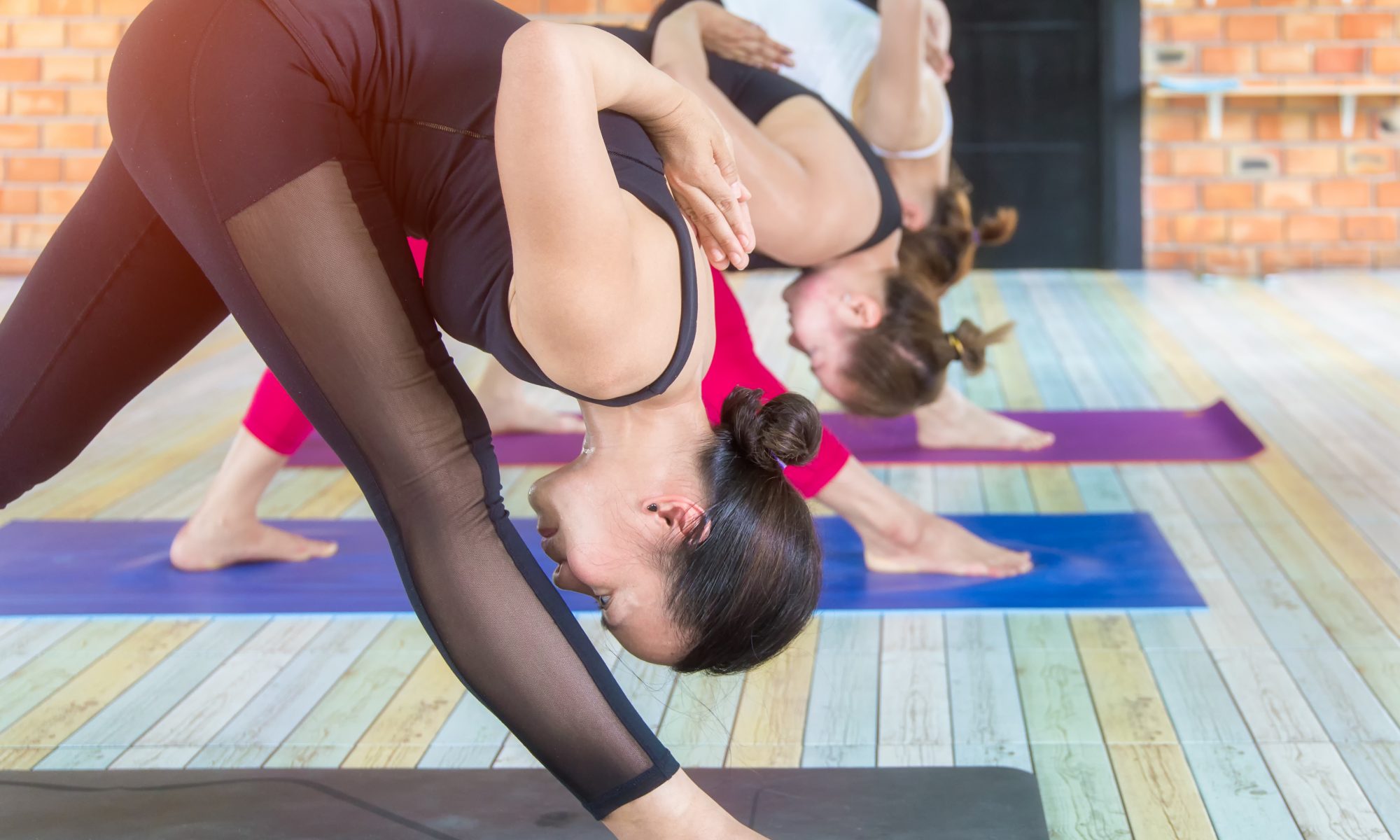“Happiness is completely and utterly intertwined with other people,” writes Eric Weiner, world traveler and author of The Geography of Bliss. After traveling the globe and interviewing both ordinary people and hundreds of “happiness experts”, Weiner found that our relationships with family, friends, neighbors, and even the local coffee barista, add to our overall happiness and well being. In fact, Weiner writes, “Happiness is not a noun or verb. It’s a conjunction. Connective tissue.”
In addition, when we are feeling connected to one another, not only are we happier, we are better able to fight off illnesses such as the flu and, yes, cancer.
Research confirms this link in a 2006 study of over 3,000 nurses. The findings: Women with breast cancer who could name at least ten friends had a four times better chance of surviving cancer than women who could not. Interestingly, you did not need to live next door to these friends. It was not about geographical proximity. Studies show that a longer life span was a result of an overall feeling of connectedness to others, whether they lived half-way around the world or in the same city.
What about Facebook? A 2016 study found that when students update their Facebook status—like, post, share, or comment—they reported lower levels of loneliness. Researchers believe that the drop in reported loneliness is linked to feeling more socially connected. According to researcher Moira Burke, however, participants who only lurked reported an increase in feeling lonely, isolated, and depressed. And other studies have shown that Facebook can cause one to feel left out, thus the expression FOMO (Fear of Missing Out).
Another study of 736 men in Sweden came up with similar findings to the nurse’s study, but on the flip side. Lack of social support was found to predict all causes of mortality. In fact, mortality had little to do with the etiology of the disease and had much more to do with lack of social ties. The study also found that lack of social support had the same risk factor of smoking. Other studies have confirmed these findings showing that strong social connections increase longevity by 50%, help us recover from disease faster, and improves overall physical and psychological health.
Steve Coleshows, Professor of Medicine and Psychiatry and Biobehavioral Sciences in the UCLA School of Medicine found that genes impacted by social connection also code for immune function and inflammation. Simply stated, social connection strengthens our immune system. Again, the reverse is also true. Loneliness can weaken it. After controlling for baseline health status, researchers found that risk of death increased for individuals with a low quantity, and sometimes low quality, of social relationships.
“Social isolation is the public health risk of our time,” says psychologist Susan Pinker. Unfortunately, Pinker explains, only “a third of the population says they have two or fewer people to lean on. It is a biological imperative to know that we belong. Building and sustaining a village is a matter of life and death.”
Not only do relationships and a feeling of connectedness help extend our lives, but studies show people who feel connected have higher self-esteem, and are more empathetic, trusting, and cooperative compared to less connected people. Sometimes this is a self-fulfilling prophesy, however. Less connected people tend to isolate themselves, leading to further isolation. More socially connected people reach out; thus a positive feedback loop occurs, and these people find themselves with more opportunity for social engagement.
Below are some tips taken from Mental Health America to help you create a plan to make, keep, and strengthen connections in your life:
- Make a short list of friends and family members who are supportive and positive. Also include a list of people you feel the need to stay in touch with regularly such as parents, a close friend or adult child who lives far away, or an aging relative who lives alone.
- Make a commitment to yourself to call, email or get together with them on a schedule that’s reasonable for you. Try to reach out to make at least one emotional connection a day, but plan realistically. In cases of long distance, consider using web-based ways of keeping in touch, like Skype or Facebook.
- Share what’s on your mind honestly and openly. Talk about your concerns in a straight-forward way, but try to keep it constructive. Try to be direct about what you need – for example a sympathetic ear, help solving a problem, a fresh perspective, new ideas or a good laugh. Don’t hesitate to ask for the kind of help you’d like. Ask what other people think about your situation, and show them you value their opinion.
- When you talk, also listen. Ask about someone else’s day, or follow up on the topic of a previous conversation. Showing sincere interest in another person’s life builds relationships and listening to other people’s concerns can often shed a new light on your own challenges. Offer help or advice if asked – listen and respond.
- Make social plans. Create opportunities to strengthen your relationships with fun things that both you and your friend or relative will enjoy. Looking forward to special activities boosts our spirits, gives us energy and makes us more productive.
You may find that among people you hardly know, one or more can become trusted friends you can rely on—and support—in good times and bad. Even if you feel that you’re so busy you don’t have time to keep up with family and friends you already have, it doesn’t take much time to make new friends. If you’re shy and hesitant about meeting new people, just a few questions can get a conversation going. Think about neighbors you pass regularly, co-workers, people in your exercise class, a cousin you’ve lost touch with, or those who volunteer in the same organizations you do. If you don’t already have people you can talk with regularly about what’s on your mind, it’s worth the effort to build connections for your emotional health. If you find yourself anxious or timid about social interaction, you may want to consider talking to a therapist or counselor to build your confidence in social situations. (taken from http://www.mentalhealthamerica.net/stay-connected)
For more on social connection and living longer check out the following TED Talk.



